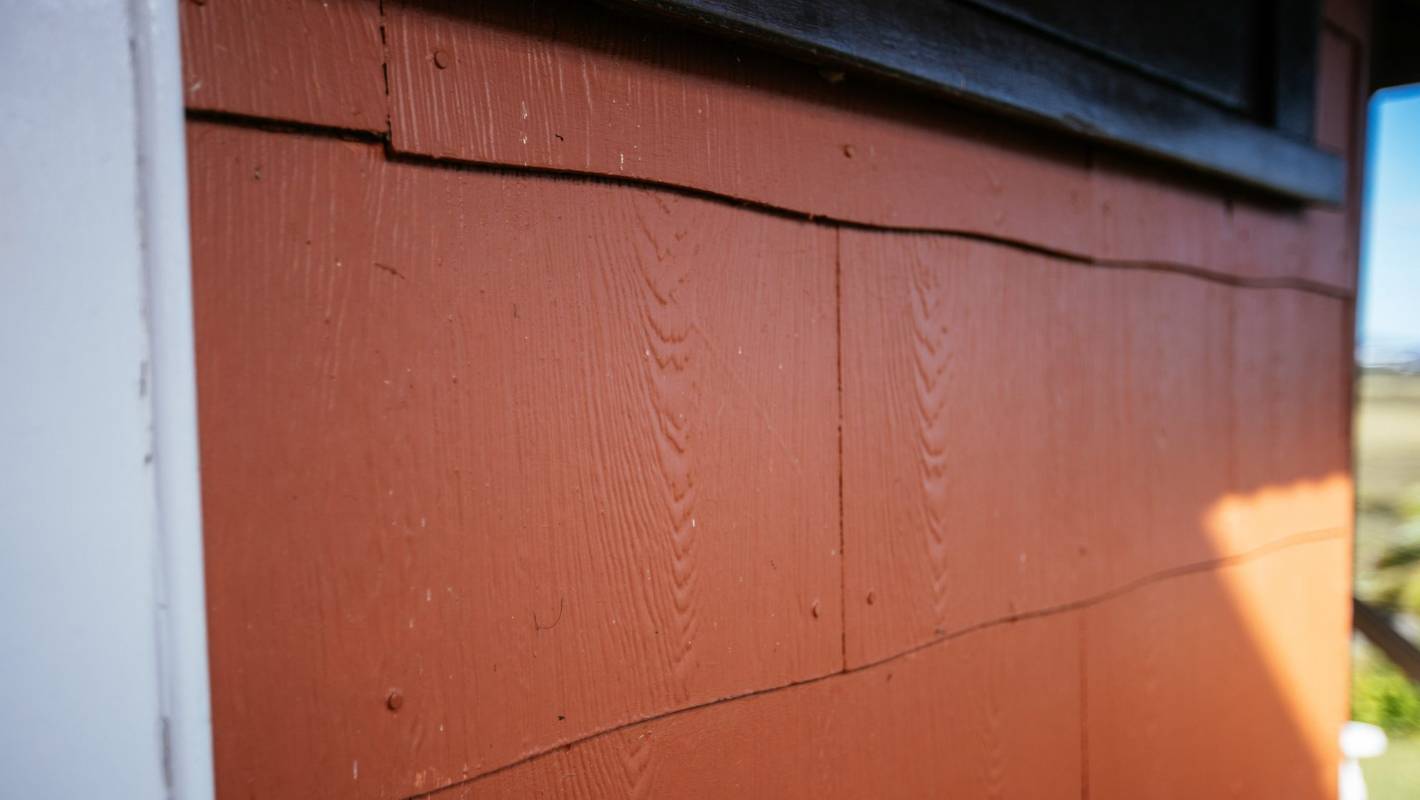
At Revolve Asbestos Solutions, we know that removing asbestos cladding NZ wide is crucial, and we’re doing all we can to dispose of it in our operating regions. We specialise in the safe and efficient handling of asbestos cladding, a material once commonly used in building exteriors across New Zealand. Our team possesses in-depth knowledge and experience in dealing with asbestos cement cladding, ensuring that every project we undertake meets the highest safety standards.
Dedicated to Safe Asbestos Roof and Wall Cladding Solutions
Our services extend to all facets of asbestos cladding, with a particular focus on asbestos roof cladding. We understand the complexities involved in these types of projects and are equipped with the necessary skills and tools to handle them. Removing asbestos cladding NZ wide is important to Revolve solutions, which is why we want to remove all we can in our operating regions. We employ the latest techniques and adhere to strict regulatory guidelines to ensure safe and effective removal.
Your Trusted Partner in Asbestos Cladding Removal
Choosing Revolve Asbestos Solutions means you are partnering with a team that is dedicated to your safety and the safety of the environment. Our approach to asbestos cladding removal is thorough and considerate, minimising any potential disruption to your daily life or business operations. We pride ourselves on our transparent communication and professional service, ensuring that our clients are well-informed and comfortable throughout the entire process. With Revolve Asbestos Solutions, you can rest assured that your asbestos cladding concerns are in the hands of experts.
Early homes built in New Zealand can have asbestos cladding especially if it is built using concrete type weather boards. Asbestos cladding refers to the external covering or siding of a structure that contains asbestos fibers. Removing asbestos cladding is essential to mitigate the health risks associated with asbestos exposure.


Here's an explanation of the process:
It is crucial to engage a licensed asbestos removal company like Revolve Asbestos Solutions, with experience in asbestos cladding removal. They will follow strict guidelines and regulations to ensure the safe and proper removal of asbestos materials, minimizing the health risks associated with asbestos exposure.